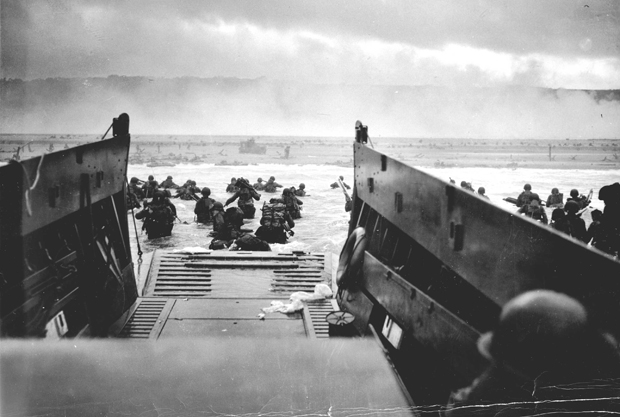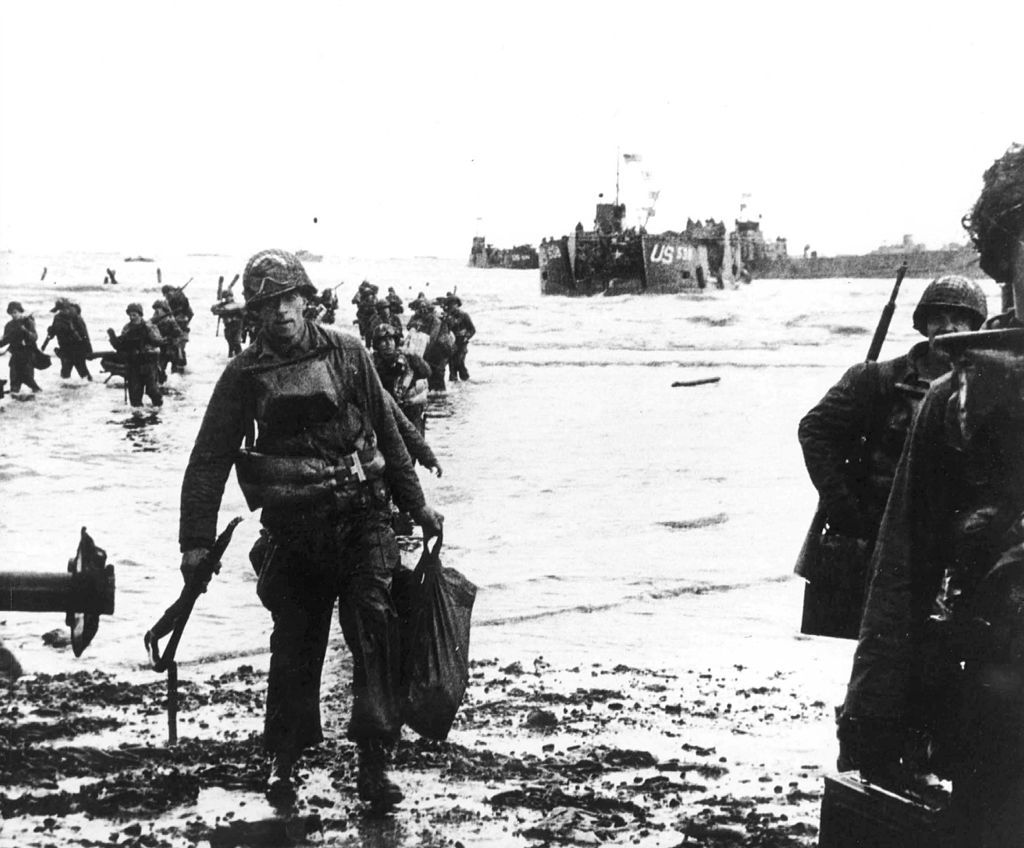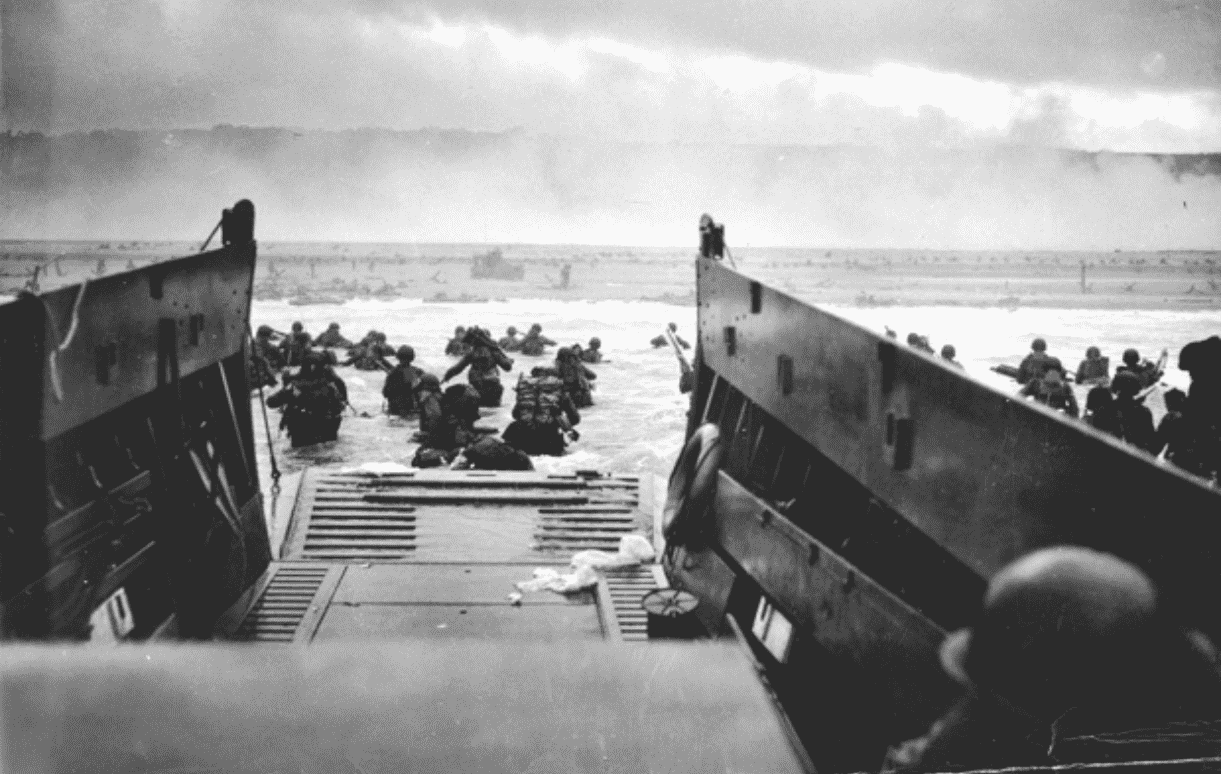
On June 6, 1944, more than 5,000 ships, 11,000 airplanes and 150,000 servicemen landed on five beaches along a 50 mile stretch in France’s Normandy region. D-Day was and remains the largest amphibious assault in history and marked the beginning of one of the most decisive battles in World War II.
“You are about to embark upon the Great Crusade, toward which we have striven these many months. The eyes of the world are upon you. The hope and prayers of liberty-loving people everywhere march with you. In company with our brave Allies and brothers-in-arms on other fronts, you will bring about the destruction of the German war machine, the elimination of Nazi tyranny over the oppressed peoples of Europe, and security for ourselves in a free world.”
General Dwight D. Eisenhower, Supreme Commander of the Allied Expeditionary Force
D-Day was initially set for June 5, but was delayed to next day due to poor weather. With a small window of opportunity in the weather, Eisenhower decided on June 6, 1944. Paratroopers began landing after midnight, followed by a massive naval and aerial bombardment at 6:30 a.m. It was the beginning of the end of World War II.
Stories of Heroism
By the end of June, the Allies had landed more than 850,000 troops, 570,000 tons of supplies, and nearly 150,000 vehicles across the beaches of Normandy. It was the largest naval, air and land operation in history. Explore their stories.
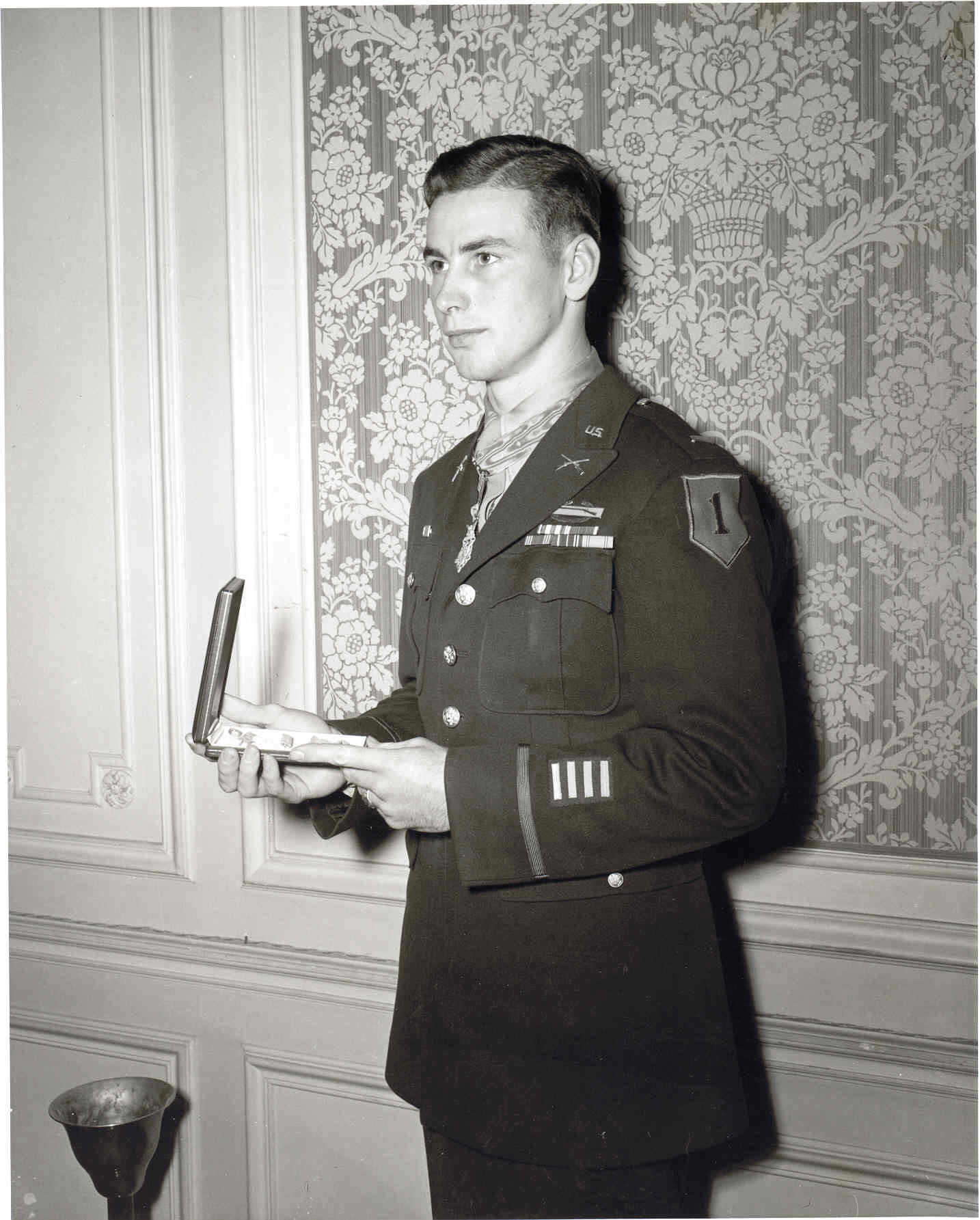
Second Lieutenant Walter Ehlers
On D-Day, Ehlers was a squad leader in the 18th Infantry Regiment, 1st Infantry Division. His squad was a part of the invasion’s second wave and sent forward early to assist.
They fought their way off the beach and by June 9 were near the town of Goville, France. He led his unit’s attack against German forces and single-handedly defeated several enemy machine gun nests. Despite being wounded, Ehlers managed to cover the platoon’s withdrawal. He carried a wounded automatic rifleman to safety and ran through enemy fire to retrieve his Browning Automatic Rifle. On December 11, 1944, he was awarded the Medal of Honor.
Staff Sergeant Waverly Woodson, Jr.
On June 6, 1944, the 320th Barrage Balloon Battalion participated in the Battle of Normandy as a part of the First Army; it was the only African American battalion to participate. During the invasion, Woodson worked for 30+ hours and attended to more than 300 soldiers. Discover more about this D-Day pioneer.
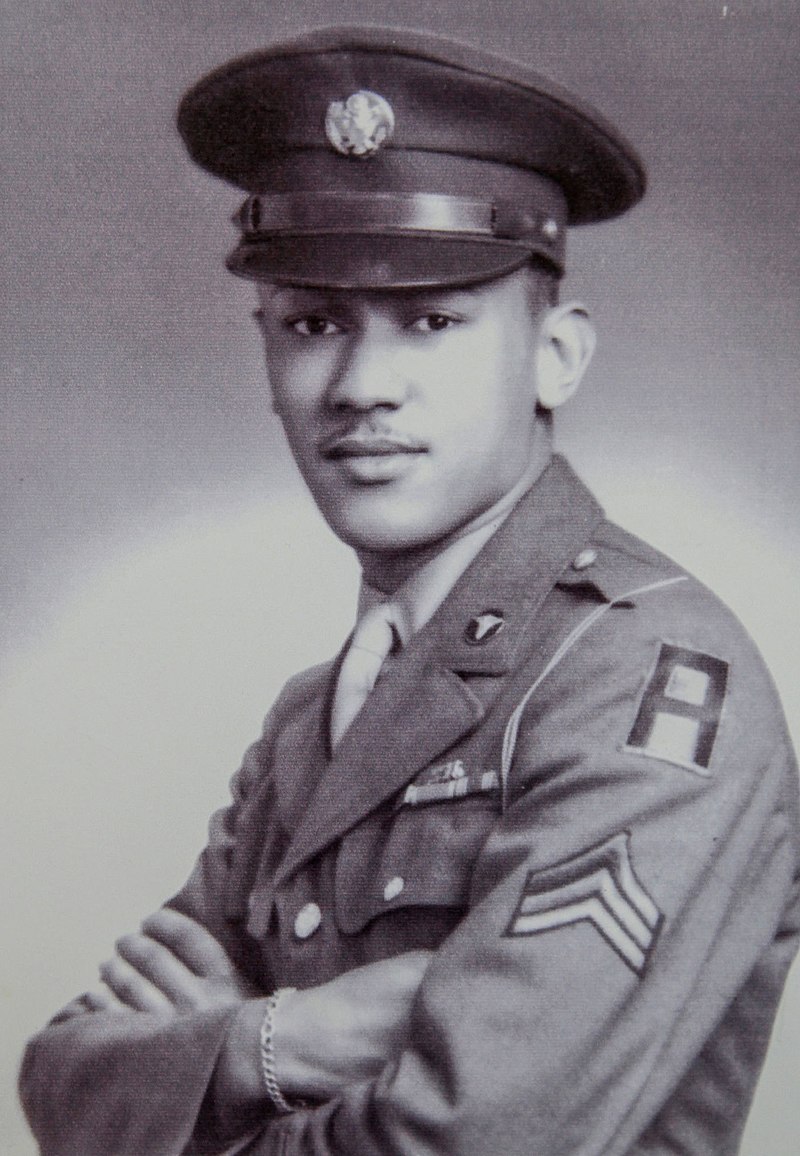
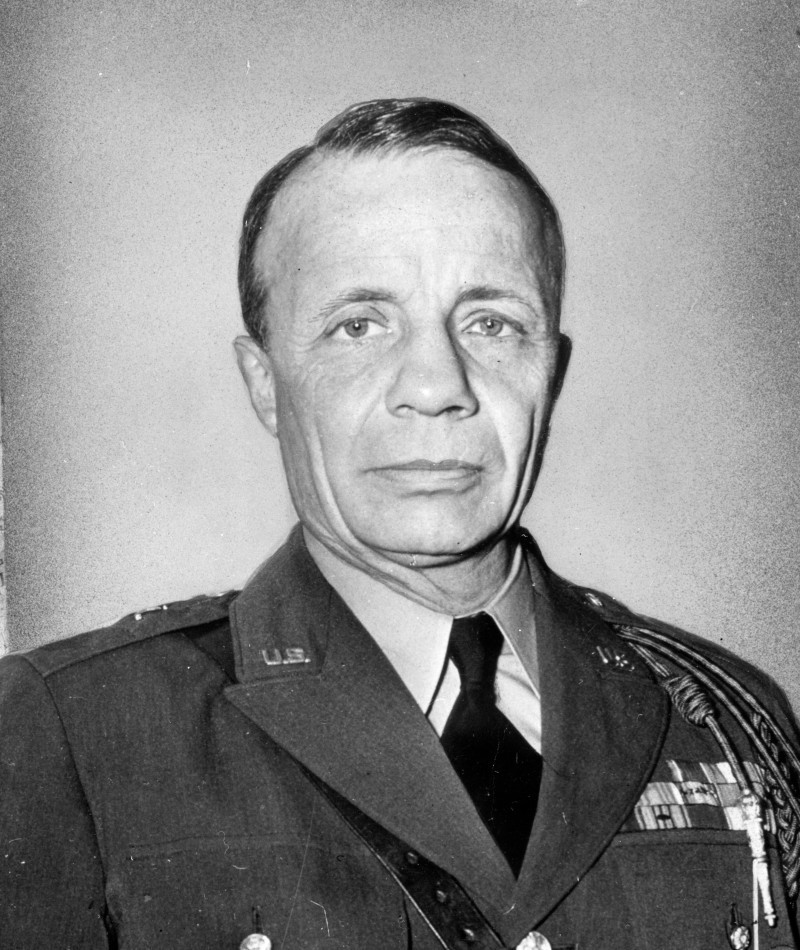
Brigadier General Theodore “Ted” Roosevelt III
On D-Day, Roosevelt landed with the first wave of forces. He repeatedly led groups from the beach, over the seawall and established them inland. His valor, courage, and presence in the very front of the attack and his complete unconcern at being under heavy fire, inspired the troops to heights of enthusiasm and self-sacrifice.
On July 12, 1944, a little over one month after the landing at Utah Beach, Roosevelt died of a heart attack in France. At the time of his death, Roosevelt was awarded the Distinguished Service Cross, whch was upgraded to the Medal of Honor later that year.
Hazel Ying Lee
Throughout World War II, women served as spies, journalists, nurses, aviators and codebreakers. Hazel Ying Lee was the first Chinese American pilot to fly for the Women Airforce Service Pilots (WASPs). Upon graduation, Lee was assigned to the Third Ferrying Group. They delivered aircraft to points of embarkation, where they would then be shipped to the European and Pacific War fronts. See how she commanded the skies and then read about her story in our NVMM Reads, “The Fearless Flights of Hazel Ying Lee.“
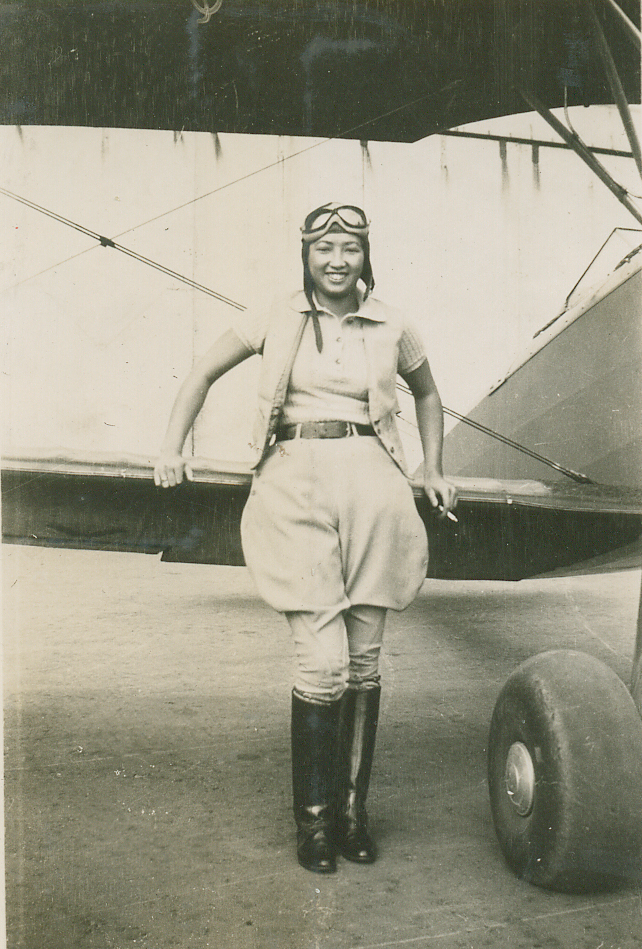
Listen as U.S. Army Air Corps Pilot John Gleeson recalls his D-Day experiences:
The Allies suffered at least 10,000 total casualties on D-Day itself. The highest casualties occurred on Omaha beach, where 2,000 U.S. troops were killed, wounded or went missing. Join us in honoring and remembering their sacrifice for our freedom.



